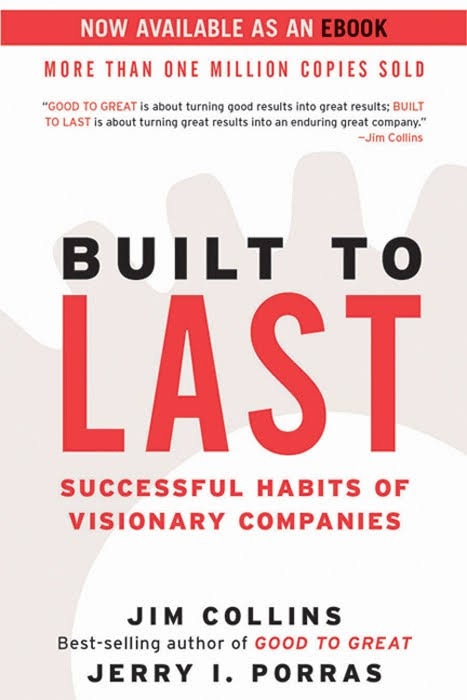Built to Last – Vision
Vision has become one of the most overused—and least understood—words in the language. The word vision conjures up all kinds of images. We think of outstanding achievement. We think of deeply held values that bond people in a society together. We think of audacious, exhilarating goals that galvanize people. We think of something eternal—the underlying reasons for an organization’s existence. We think of something that reaches inside us and pulls out our best efforts. We think of the dreams of what we want to be. And therein lies a problem. All of us know vision is important, but what exactly is it?
A well-conceived vision consists of two major components—core ideology and an envisioned future. Notice the direct parallel to the fundamental “preserve the core/stimulate progress” dynamic. A good vision builds on the interplay between these two complementary yin-and-yang forces: it defines “what we stand for and why we exist” that does not change (the core ideology) and sets forth “what we aspire to become, to achieve, to create” that will require significant change and progress to attain (the envisioned future).
To pursue the vision means to create organizational and strategic alignment to preserve the core ideology and stimulate progress toward the envisioned future. Alignment brings the vision to life, translating it from good intentions to concrete reality.
